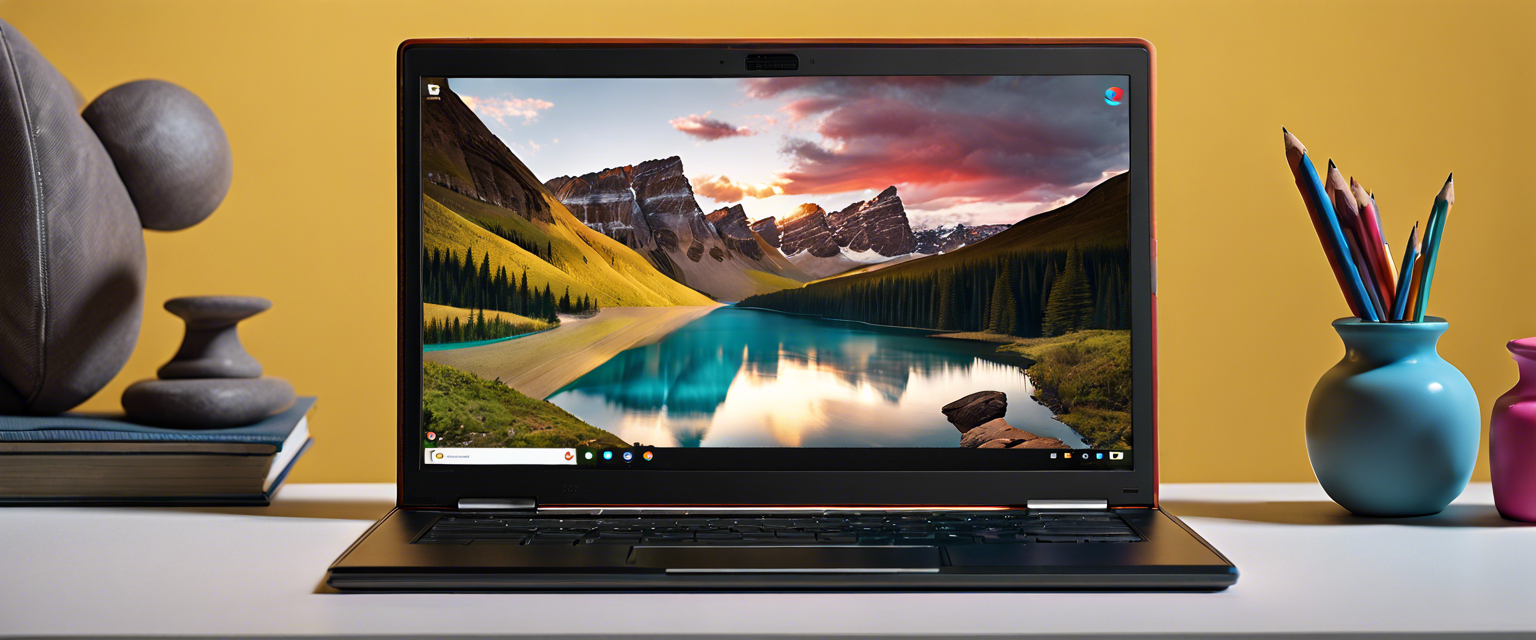The DOJ vs. Google: Understanding the Ad Tech Monopoly Trial
The Department of Justice (DOJ) recently concluded a three-week trial focused on whether Google has established illegal monopolies in the ad tech market. The case raises fundamental questions about the nature of online advertising and the competitive landscape.
What is the Ad Tech Market?
Google has consistently challenged the DOJ’s understanding of the ad tech market. While the DOJ has delineated online advertising into three segments—publisher ad servers, advertiser ad networks, and exchanges—Google argues that it should all be viewed as a single, integrated market.
The Trifecta of Monopolies
According to the DOJ, Google holds a staggering 90% market share through its publisher ad server, DoubleClick For Publishers (DFP). This dominance, the DOJ claims, is amplified by Google’s practice of tying its products together, effectively pressuring publishers to choose DFP to gain full access to its ad network.
Google's Defense: One Market or Three?
In response to the DOJ's claims, Google’s team, including economist Mark Israel, posited that the digital advertising industry is better understood as a single market where buyers and sellers connect seamlessly. They argue that an integrated advertising tool ultimately benefits customers by reducing the complexities and costs associated with piecemealing various services.
Implications of Market Definition
If Google can persuade the court that the market is a singular entity, the DOJ's argument becomes significantly more complex. They would need to demonstrate that Google's practices harm both publishers and advertisers, which could prove difficult given the interdependent nature of their relationship.
The Scope of Alternative Advertising Platforms
The DOJ aims to confine its market definition to open web display ads, suggesting that advertisers have no meaningful alternatives. However, Google counters that advertisers will shift their budgets if display ads do not yield satisfactory returns, thus reinforcing competition across various platforms, including social media.
Google's Market Watch
Internal documents from Google highlight that they closely monitor competitors defined by the DOJ as outside the relevant market. This vigilance, they argue, shows that they cannot act with impunity as large players like Amazon present real competition.
Cross-Examination and Expert Credibility
During cross-examination, DOJ attorney Aaron Teitelbaum challenged the credibility of Israel’s testimony, highlighting his extensive background as a trial witness. Teitelbaum employed metaphors such as comparing Google's strategy to that of Costco's cheap rotisserie chickens to illustrate points about competitive dynamics.
Challenges of Challenging Google’s Dominance
Testimony from industry professionals, such as Matthew Wheatland from DailyMail.com, reinforced the idea that moving away from Google’s infrastructure is not a simple task for many publishers, complicating the assertion of a competitive ad market.
Looking Ahead: Judge Brinkema's Role
Judge Leonie Brinkema’s role is pivotal as she navigates through the evidence presented by both sides. She has made it clear that market definition will play a significant part in her decision, suggesting that inconsistencies in Google’s arguments could be detrimental to their case.
Conclusion: The Future of Online Advertising
The trial concluded on a complex note, with both sides now preparing for closing arguments. The outcome could set significant precedents in the realm of digital advertising and competition law.
Stay tuned for further developments, as the implications of this case extend far beyond Google and could reshape the future of online advertising ecosystems.



コメントを書く
全てのコメントは、掲載前にモデレートされます
このサイトはhCaptchaによって保護されており、hCaptchaプライバシーポリシーおよび利用規約が適用されます。